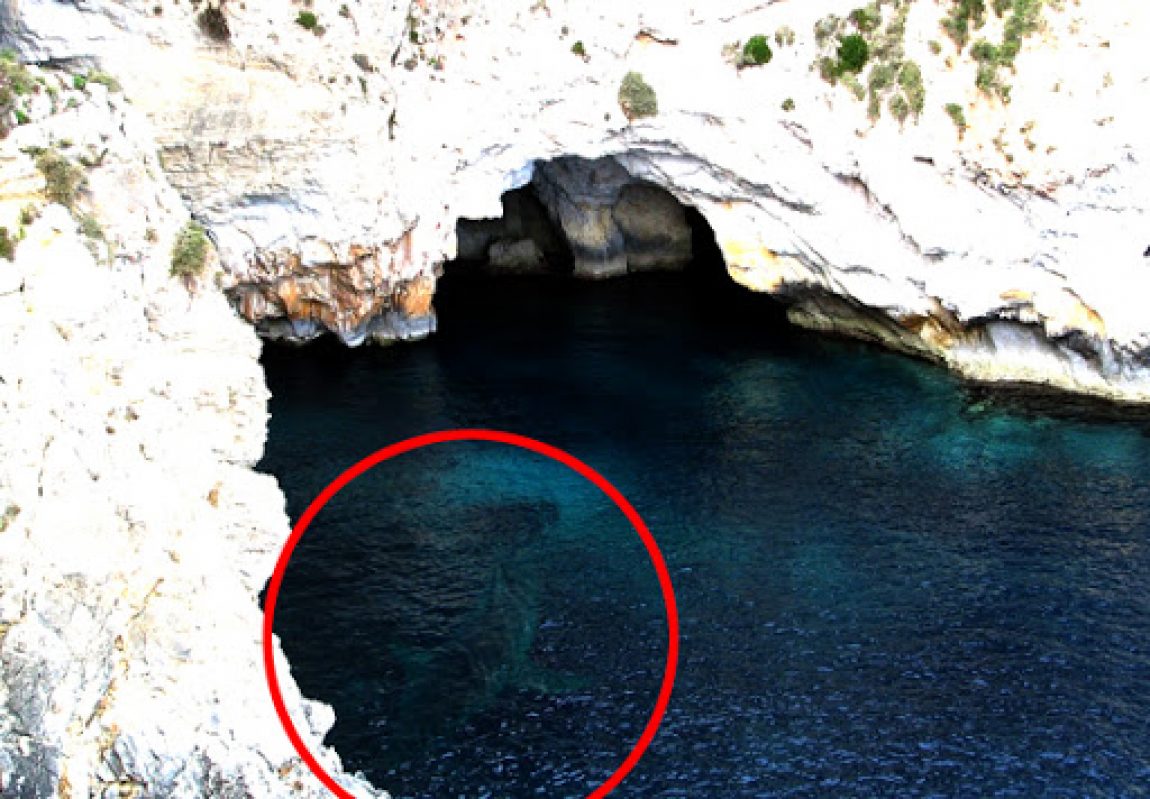Malta: A Tale of Two Sieges II
A Tale of Two Sieges – Part Two of the Great Siege of Malta
The Relative Calm Before the Storm.
In the first part of our chronicle of the Two Great Sieges that Malta endured, we looked at the near unimaginably courageous defense of Fort St Elmo during the 1565 Great Siege. In this second part, we will consider the occurrences between the final fall of St Elmo and the first major assault on Fort St Angelo and St Michael.
After the small star shaped fort fell into the eager but weary hands of the Ottoman forces and their North African allies, the focus of the battle turned to the larger and better garrisoned forts of St Angelo and St Michael on the far side of Grand harbour. However, before the might of the attack could be directed towards these targets, the entire war machine had to be dismantled and moved within striking distance to best invest in the destruction of the forts. Mustapha Pasha now chose Senglea as the new point of attack. Many guns and munitions had to be laboriously dismantled and transported from Mount Sciberras and carried to various strategic points surrounding St Angelo and Birgu and St Michael and Senglea.
It was during this time that a minor miracle occurred which lifted the spirits of the defenders and enraged the high command of the enemy. A small relief force consisting of four vessels from Sicily, made its way around the occupied island to Kalkara. By an unusual stroke of providence, the Sirocco wind was blowing at the time. This warm southerly wind is rare in June, when a north west wind usually brings clear skies, but when the Sirocco blows across the sea from Africa, it brings with it a dense sea mist. That night, the mist lay thick in the fields and alleys where the relief soldiers made their way to Birgu. Without the loss of a single man, 723 soldiers, including 42 knights made their way into St Angelo. The following day the Christians did not trouble to conceal their joy.
La Valette decided to build a palisade along the rocky shore below Fort St Michael, stretching all the way down to the beginning of the fortifications, which would be strong enough to prevent boats landing on the shore and dense enough to stop swimmers coming ashore. This was a masterpiece of improvisation and was constructed by driving stakes into the sea. The stakes were bound at the top with iron hoops and linked by a chain. Mustapha now wanted to move his ships into Grand Harbour to aid in the assaults that were to come and to do so he had to have the palisade dismantled. A specially selected team was brought down to the Corradino shore with the objective of dismantling the palisade. Armed with hatchets and axes they swam the four to five hundred feet before the garrison at Senglea realized what was happening and began to destroy the seaward defence. The commander of Senglea, called for volunteers to repel the invaders. One of the most peculiar battles then ensued. The Maltese, who were then, as they are now, excellent swimmers, dove into the sea, many of them armed with knives between their teeth. Swimming to the palisade they met the Turkish swimmers in hand to hand combat. The Maltese, being more skilful swimmers were more than a match for the enemy and the waters of French creek were stained with the invaders blood. The Turkish retreated and the Maltese hastily began repairing the palisade.
In the final two parts of the chronicles of the Great Siege of Malta we will detail the battle for Birgu and Senglea and finally victory and its aftermath.


